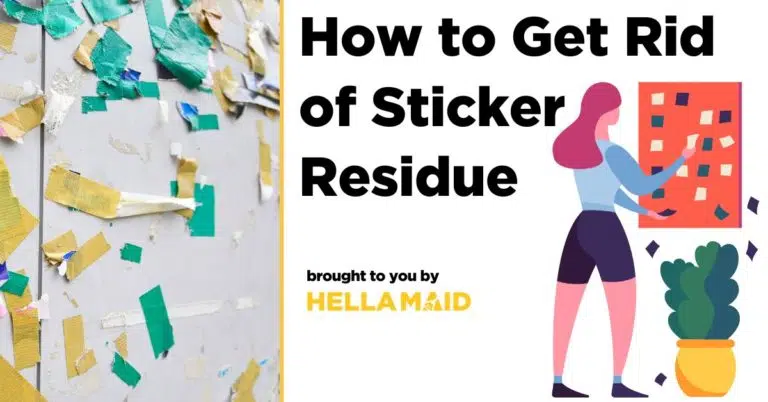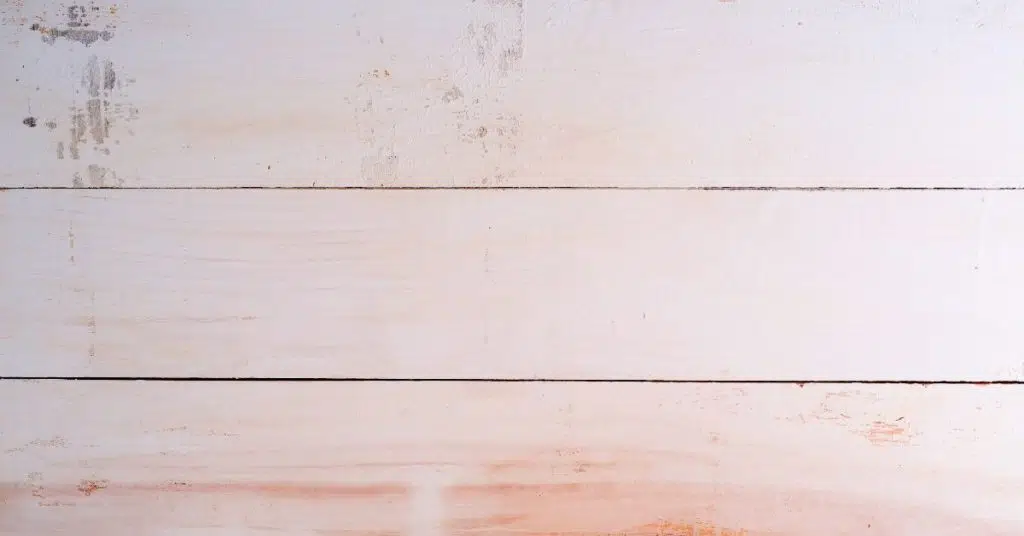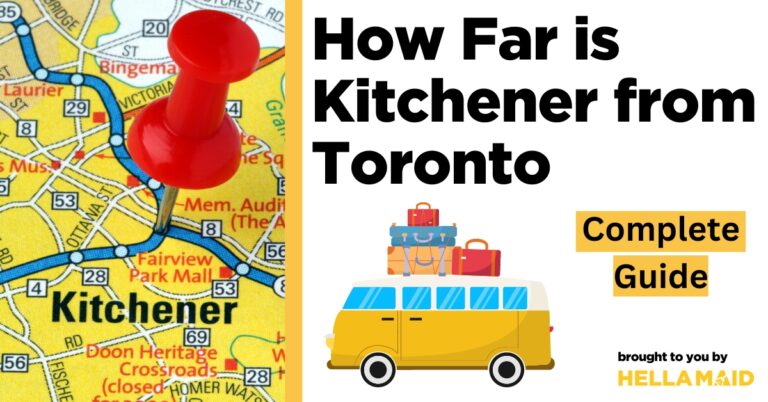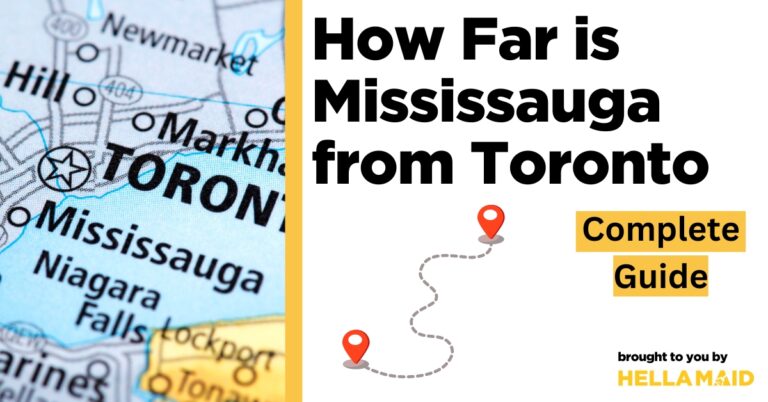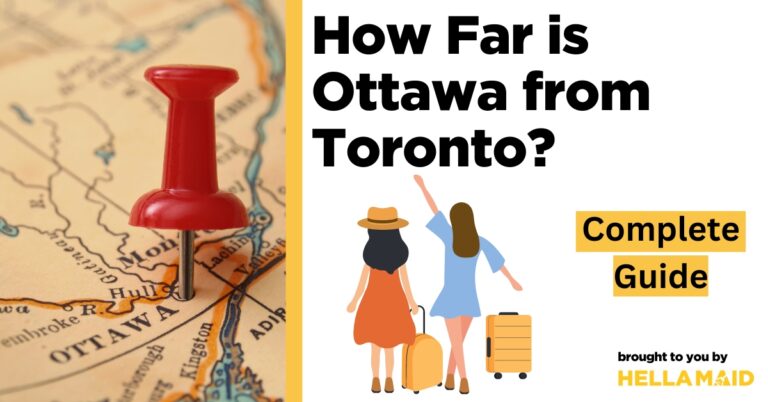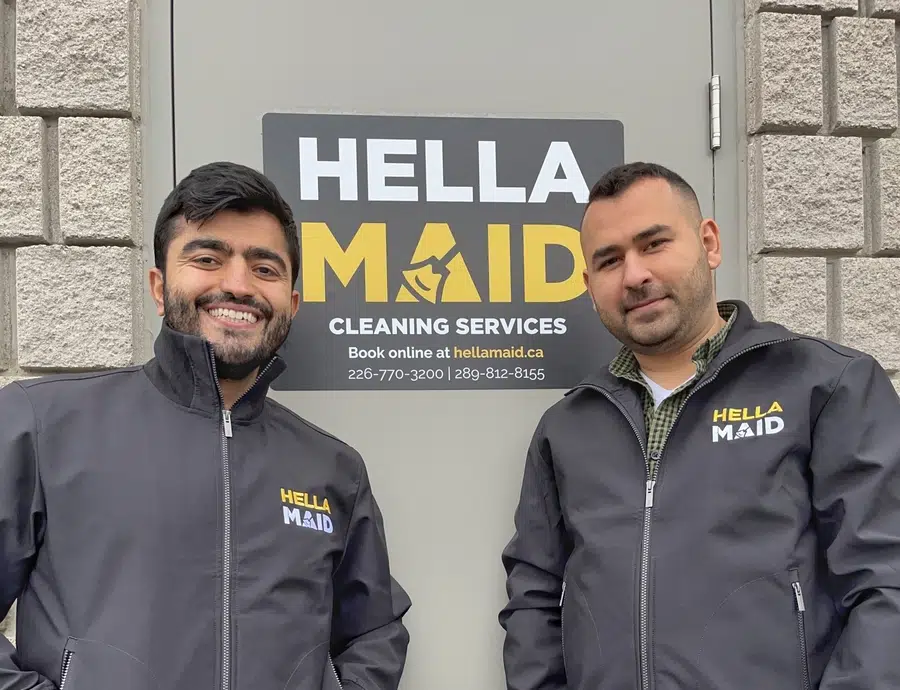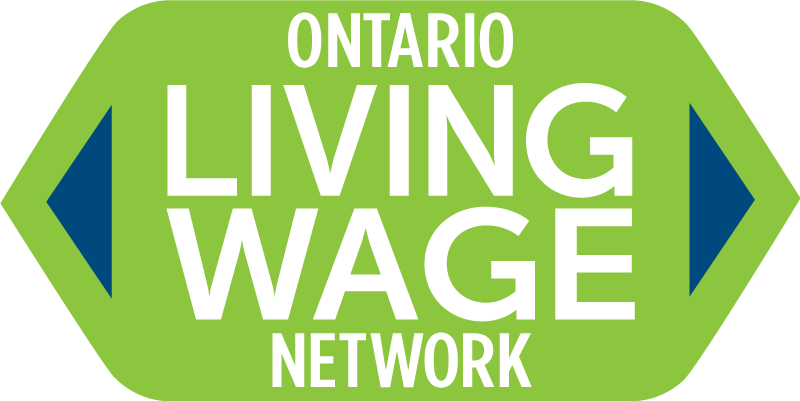Now, a decal, label, logo, or tag is attached to every single item that is bought, including toys, magazines, liquor bottles, couches, cooking pots, microwaves, apparel, and so on. Even though it might appear simple, sometimes it’s very challenging to remove residue and stickers from a surface. Fortunately, there are several do-it-yourself methods and tricks for removing sticker residue safely. Although not all of these methods will be successful on all objects or surfaces, we are confident that at least one of the suggestions in the list below will help you get out of your sticky situation.
How to Get Rid of Sticker Residue
Use one of the following techniques to get rid of any sticker residue left after you’ve taken as much as possible by hand. One word of advice: Before using any of these techniques, test the material in a hidden spot to ensure that it won’t discolor or harm the surface in any other way.
Method #1: Plastic Scraper
The edge of your old gift card or the blade of the plastic knife can be used safely to scrape the sticker from a lot of surfaces without harming them, however, metal blades might damage the surface you’re attempting to save. Other methods include scraping the area using a rubber eraser to remove the particles or wiping the area using the scratchy part of a sponge. This is effective in removing sticker residue from plastic, although if you are not careful, it could scratch glass material.
Method #2: Hot Water
If possible, place the object in a sink or other container filled with hot water along with a couple of drops of dish detergent, and let it soak there until the residue dissolves. Use your fingers or a plastic scraper to remove the rest. As compared to hot water, cold water is less effective at removing sticker residue.
Method #3: Hairdryer
Your bathroom contains one of the greatest instruments for removing sticker residue. Turn on a hair dryer, point it at the sticker residue, and let the hot air break up the adhesive. Remove with a scraper.
Method #4: Rubbing Alcohol or Vodka
Rubbing alcohol is a powerful solvent that is safe for various surfaces and can be used to remove sticker residue from plastic, wood, and glass. A great replacement is a vodka. Rub the residue with rubbing alcohol and a napkin or clean rag to remove it. Stickers that are particularly difficult to remove can be softened by applying the area with an alcohol-soaked rag and letting it sit for a while. Rub away the residue with the rag.
Method #5: Peanut Butter
Apply a small amount of peanut butter to the area and wait until the residue starts to dissolve if you want to remove sticker residue from wood, glass, or plastic. Lift the peanut butter and the residue off with a clean towel.
Method #6: Olive oil or Canola Oil
Cooking oil can be used to soften sticker residue. Use your fingers, a sharp plastic knife, or a plastic scraper to remove the remaining material. Another option is to rub the area with a fresh rag. Simply wipe away the extra oil after the sticker residue has been gone.
Method #7: White Vinegar
By thoroughly understanding how to remove sticker residue with basic household items, you might save money, and it’s better for the health of your household. After soaking it in vinegar, cover the sticky area with a clean rag or piece of paper. Wipe or scrape the residue off after giving it a few minutes to soften. Additionally, you can clean your entire house with vinegar.
Method #8: Rubber Eraser
Erasers are helpful for more than just stray pencil marks. For most surfaces, a rubber eraser will work just as well to remove sticker residue. The residue will be rolled away by the rubber surface.
Method #9: Commercial Cleaners
Some commercially available treatments are designed to get rid of sticker residue. As long as you adhere to the manufacturer’s instructions, the residue can be easily taken off. The product is often applied to the residue, allow to sit, and then scraped off or removed with a rag.
Method #10: Toothpaste
Although it seems strange, toothpaste can help remove sticky residue. Avoid gels, and instead, choose one that contains baking soda. Bonus: It is safe for almost all materials and may be used to help erase stains throughout your home. You shouldn’t have to let it sit—just apply then wipe away.
Method #11: Acetone
Acetone is a strong solvent that will quickly dissolve almost any sticky adhesive residue. Simply dab a cotton ball with a few drops of liquid, then rub the sticker off.
Method #12: Paint Thinner
When everything else fails, a small amount of strong paint thinner will dissolve the glue. But, using this should only be done as a last resort because it can corrode the material under the surface and you shouldn’t use paint thinner on your painted walls.
Method #13: Tape
Remove one by using an adhesive. Use the sticky side to take off the sticky adhesive. Masking or duct tape works best for this trick; wrap it over one finger and pick up the adhesive with the stick side.
How to Remove Sticker Residue from your Clothes
Make sure to detach the sticker as soon as you can, and avoid putting it in the laundry dryer machine to help get rid of sticker residue from clothing. However, accidents do happen, so if you have dried-on sticker residue on your clothing, give these solutions a shot. Always try on an unnoticeable area first to see if it is safe to use for your clothes.
Whether the fabric item is made of synthetic or natural fibers will determine your next course of action after you’ve removed as much sticker residue with your fingertips as you can. Rub the area with acetone applied to a clean cloth to remove sticker residue from natural fiber garments. The item should be washed and dried normally.
Place clothes made of synthetic materials in the freezer for between 45 to 90 minutes to remove sticker residue. As soon as the clothes are off the freezer, remove as many of the brittle parts as you can. The rest of the sticker residue can then be removed by moistening the area with water, adding a few drops of mild dish soap, and rubbing the area with a microfiber cloth. The fabric item should be washed and dried as usual.
How to Remove Sticker Residue from Wood Materials
The type of wood you have will determine how to remove stickers from it. Use acetone or rubbing alcohol if the wood is unfinished. If the wood is finished though, you’ll need to use a bit more caution because the same solvents might actually strip the finish. Since toothpaste works well and preserves the appearance of the wood it is best to go for this method. You may also use the hairdryer method because it doesn’t need any solution and the wood won’t have any issues with the heat. Various oils can be easily absorbed and mineral oil is actually utilized as a sort of finish so it doesn’t provide an excellent choice for single-spot treatment.
How to Remove Sticker Residue from Plastic Materials
Sticker residue on plastic needs to be removed with a bit more caution because harsher choices, such as rubbing alcohol or acetone, may harm the material. Weaker plastics could even be harmed by using a hairdryer with excessive heat. Instead, use lotion, peanut butter, and oil and work hard to remove any remaining sticker residue.

